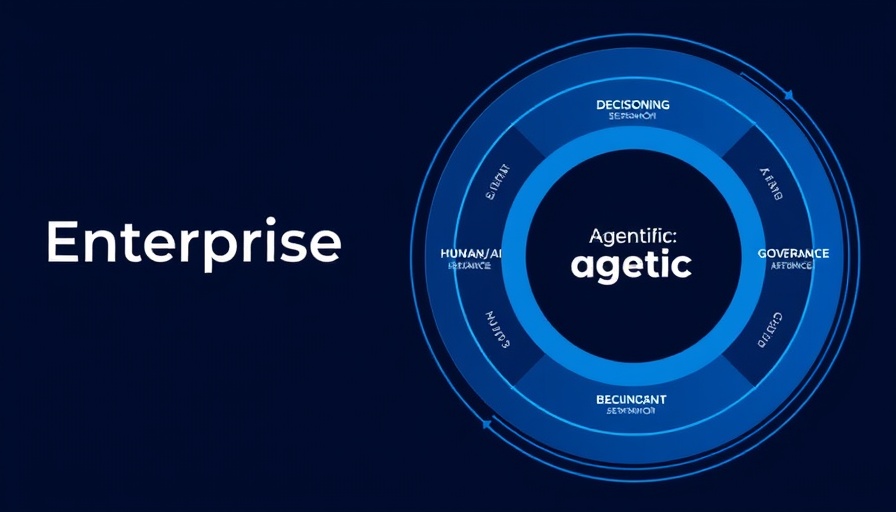
Understanding the Balance: Freedom and Control in Data Analytics
The challenge of maintaining a balance between freedom and control in data analytics is more pressing than ever as businesses navigate a rapidly evolving landscape. Companies must adapt to new consumer and market dynamics, making decisions that align with their strategic goals while simultaneously leveraging advanced technologies such as AI and machine learning. If businesses rely on outdated methodologies, they risk falling behind in a competitive environment.
The Szeged Principle: Learning from Industry Leaders
Reflecting on the architectural principles derived from Antoni Gaudí's Sagrada Família, companies can understand the importance of adaptable frameworks in analytics. Just like Gaudí's evolving design, an effective data platform should not be static but responsive to emerging business needs and trends. This approach requires a shift away from traditional models that often lead to stagnation and missed opportunities.
The Pitfalls of Traditional Analytics Approaches
Businesses often find themselves trapped in cycles of ineffective data management due to reliance on outdated tools and methodologies. For example, the data integration platform approach can result in projects stalling indefinitely as companies struggle to define the data they need or find themselves underutilizing completed projects. Similarly, opting for inexpensive Data Lakehouse solutions may lead to exponential cost increases as data demands grow. Here’s a closer look at these pitfalls:
- Data Integration Failures: Initiatives can fail before they start if data needs are unclear or if systems are poorly designed, resulting in projects that don't meet their intended goals.
- Strained Budgeting with Data Lakehouses: The rush to adopt cloud solutions without understanding the long-term implications of costs can put additional financial stress on businesses.
- AI Missteps: Companies often invest in AI tools but fail to identify real applications, leading to wasted resources in attempts to integrate AI into their processes.
Moving Forward: Best Practices for a Successful Data Strategy
As technology continues to evolve, so too should the methodologies in place to manage data. Here are actionable strategies that organizations can implement:
- Emphasize Agility: Businesses must adopt agile methodologies to react promptly to changing market demands. This entails an iterative process where feedback continuously informs model adjustments.
- Invest in Robust Tools: Investing in comprehensive analytics platforms that deliver governance alongside user choice can empower organizations to harness the full potential of AI.
- Focus on Education: Training employees not only in data analytics but also in understanding AI concepts will enhance their ability to leverage these tools effectively.
Conclusion: Embracing Future Trends in AI and Data
Ultimately, the intersection of AI and data analysis presents both opportunities and challenges for organizations. Businesses that prioritize a flexible and innovative approach will be better positioned to thrive amidst the uncertainties of modern markets. As you consider your organization’s data strategy, remember that success hinges on your ability to learn continuously and adapt to new technologies. Explore robust data analytics platforms today to ensure your business stays ahead.
 Add Row
Add Row  Add
Add 




Write A Comment